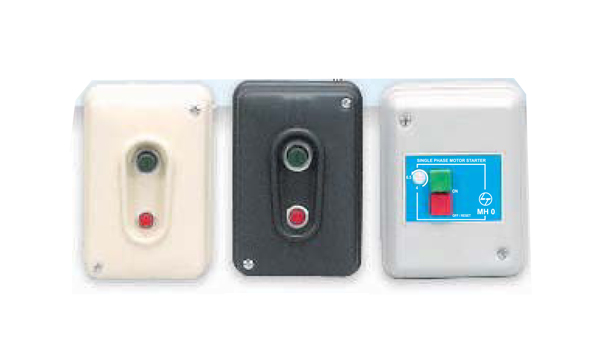
Understanding Single Phase Power
Single-phase power is the most common type of electrical power used in homes and small businesses worldwide. Unlike three-phase power, which utilizes three separate alternating current (AC) waveforms, single-phase power uses only one live wire plus a neutral wire and a ground wire to complete the circuit. This simplicity makes it cost-effective and easy to install and maintain.
Key Features & Benefits:
Applications:
Technical Specifications (General):
Limitations: